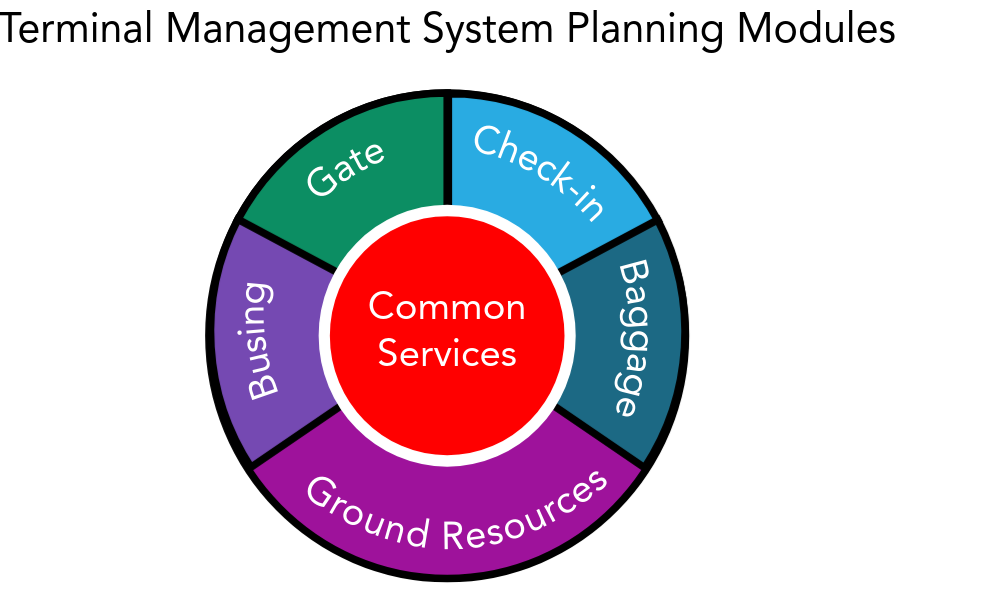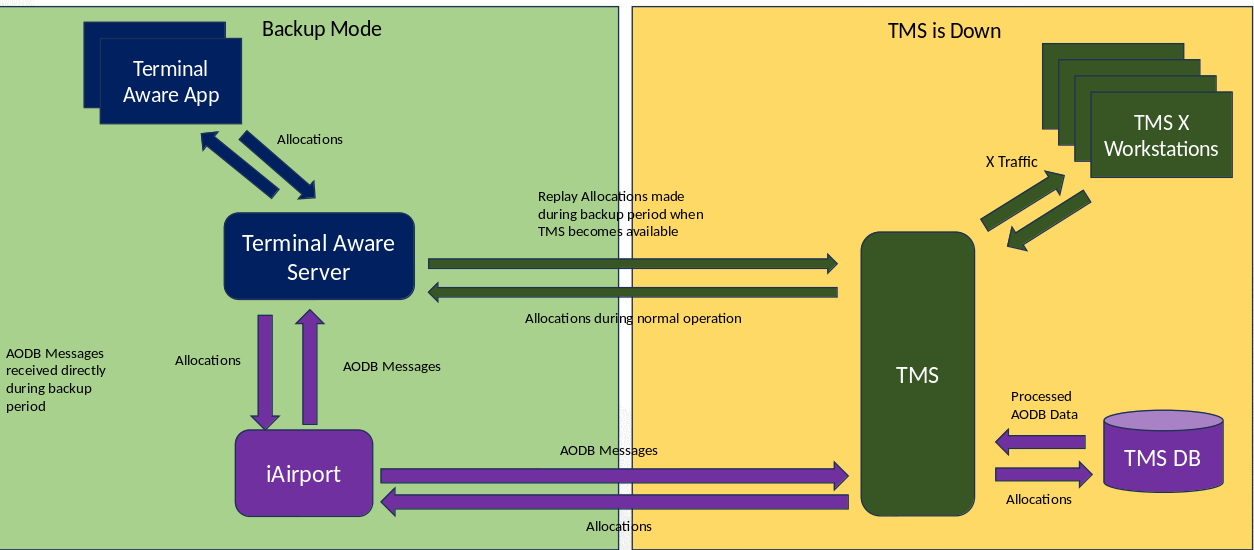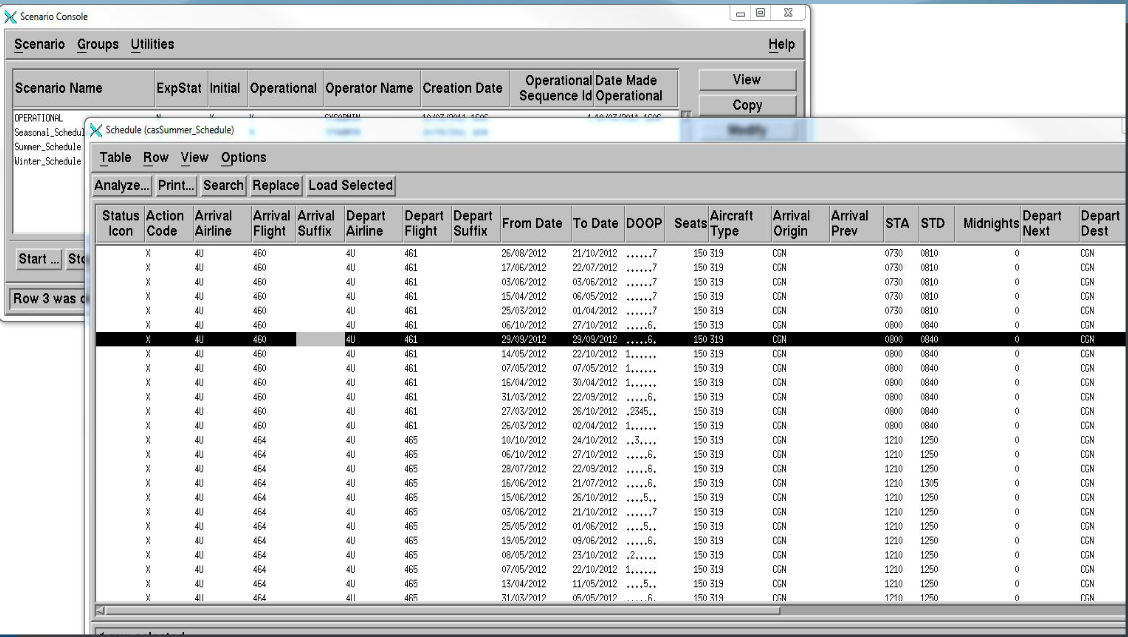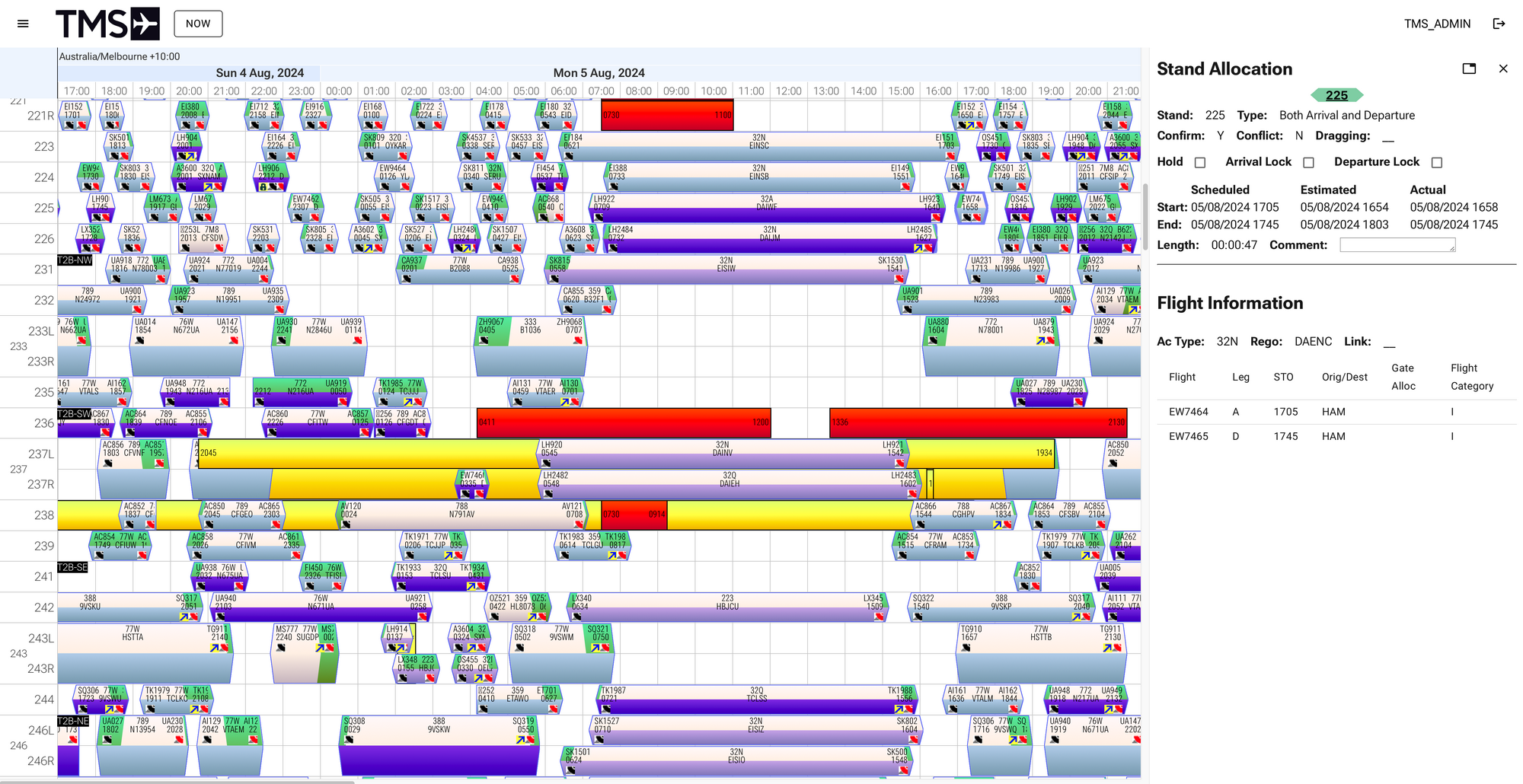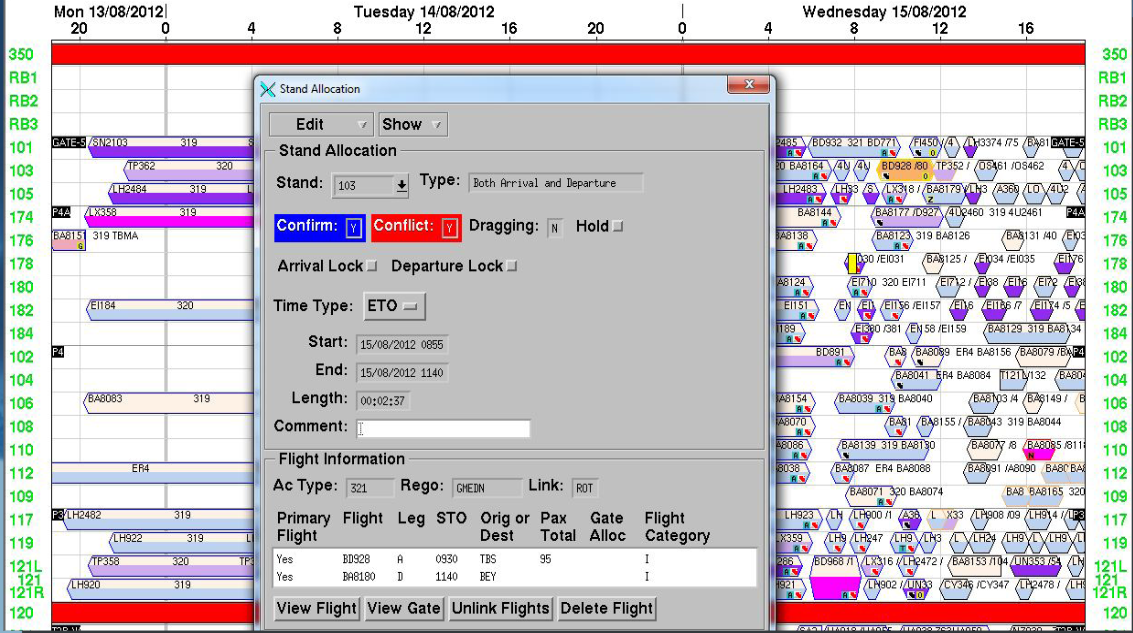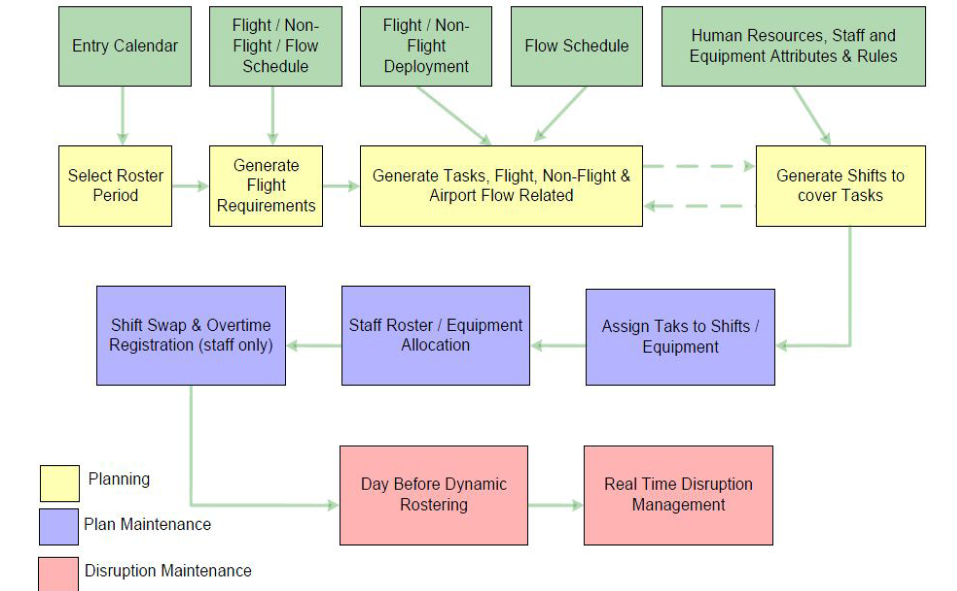As passenger numbers continue to rise and slot demand increases, the global aviation industry faces growing pressure on airport infrastructure. To remain competitive and ensure long-term profitability, airport operators need intelligent, agile solutions to manage their resources effectively.
The Terminal Management System (TMS) from CTI Constraint Technologies is a powerful, modular solution designed to meet these evolving demands. By uniting real-time operations with advanced planning tools, TMS enables airports to optimise resources, reduce costs, and streamline operations at every level.
Here’s why TMS is leading the way in airport resource management:
1. Centralised Resource Management
TMS provides a unified platform for managing critical airport functions, including Gates, Check-in, Baggage, Busing, Ground Handling, and Common Services. Integration with systems like FIDS, AODB, and Billing via a centralised Data Portal ensures total operational visibility and control.
✅ New Enhancements:
-
Integration with external predicted flight times
-
Enhanced OData feeds for real-time dashboard reporting
-
Terminal Aware backup support for business continuity during outages
2. Dual Capability: Real Time Management and Long Term Planning
TMS combines day-of-operation responsiveness with an advanced multi-scenario planning engine. This dual functionality helps airports remain agile in the moment while optimising for future demand and infrastructure growth.
✅ New Enhancements:
-
Live rule analytics: Compare “Before vs After” plans and rule impact
-
Historical analytics to guide future allocation improvements
-
Predictive flight linking using historical patterns and thresholds
3. Flexible, Modular Architecture
Each TMS component—Gate, Towings, Check-in, Baggage, and more—can operate independently or together as a comprehensive suite. This modularity allows airports to implement what they need now and scale later as operations evolve.
✅ New Enhancements:
-
Web-based TMS client is now available (read-only and editable functions)
-
GUI-based automation task management (e.g., auto-confirmation, reallocation)
4. Smarter Gate and Stand Allocation
The Gate module intelligently allocates flights using configurable business rules, ensuring efficient apron utilisation and stand assignment. The system adapts in real time to operational changes while supporting strategic planning.
✅ New Enhancements:
-
Alternative stand suggestions with cost impact visibility
-
Airline preference rules for more accurate allocations
-
Auditing tools to track who made allocation changes post-confirmation
5. Efficient Check-in Management
Check-in desk and service counter allocation is handled dynamically across both landside and airside terminals. TMS analyses flight and passenger data to assign desks optimally—improving passenger flow and terminal efficiency.
✅ New Enhancements:
-
Passenger profile integration (e.g. MEDA, WCHC, SVIP)
-
Rule support for special passenger services and alerts
6. Optimised Baggage Carousel Allocation
The Baggage module allocates arrival carousels based on flight schedules, carousel configuration, and operational rules. It adjusts allocations automatically in response to real-time flight changes.
✅ New Enhancements:
-
Configurable rules for carousel usage by passenger category or baggage type
-
Visual alerts for handling inconsistencies
7. Effective Disruption Response
TMS is built to handle the unexpected. In the event of flight delays or gate conflicts, the system can quickly reassign gate and stand resources to minimise operational impact, keeping flights on schedule and mitigating costly disruptions.
✅ New Enhancements:
-
Disruption solvers using multi-dimensional cost models
-
Stand and towing reallocation automation
-
Replay capability to analyse day-of-operation disruptions
8. Advanced Analytics and Visualisation
With tools like Gate Reporter, Web View, and Airport View, TMS gives operators real-time insight and historical trend analysis. These features help with proactive planning and performance evaluation.
✅ New Enhancements:
-
Side-by-side Gantt comparisons of “Before” and “After” allocations
-
Replay mode with timeslip slider for visual audits
-
External reporting via live OData connections (PowerBI, Excel, Splunk)
9. Increased Revenue Through Optimisation
TMS supports revenue generation by maximising the use of current infrastructure, reducing idle resource time, and enabling accurate airline billing through precise movement data. It also improves capacity forecasting, helping airports plan smarter and sell more efficiently.
✅ New Enhancements:
-
Tow minimisation strategies to increase stand utilisation
-
Billing-aware towing to prioritise higher-value allocations
-
Integration of revenue-impacting rules in allocation decisions
10. Lowering Operating Costs
By improving resource allocation, reducing manual workload, and enabling better planning for future infrastructure investments, TMS helps lower operating costs. It drives long-term savings by aligning operational demand with efficient resource usage and minimising unnecessary expenditure.
✅ New Enhancements:
-
LDAP/AD authentication for easier system management
-
Performance upgrades for long-running servers
-
Backup continuity tools through Terminal Aware on mobile tablets
A Trusted Solution For Modern Airports
TMS is not just a system—it’s a proven solution trusted by some of the world’s busiest and most complex airports, including Heathrow, Gatwick, Hong Kong International, and Kuala Lumpur International. Its combination of modular design, real-time intelligence, and scalable architecture makes it the go-to platform for airports seeking to future-proof their terminal operations.
Ready to Transform your Airport Operations?
Whether you’re managing a regional terminal or a major international hub, TMS gives you the tools to scale smarter, operate leaner, and plan more strategically.
📩 Contact Constraint Technologies today to learn how TMS can be tailored to meet your airport’s specific needs and drive lasting operational success.

